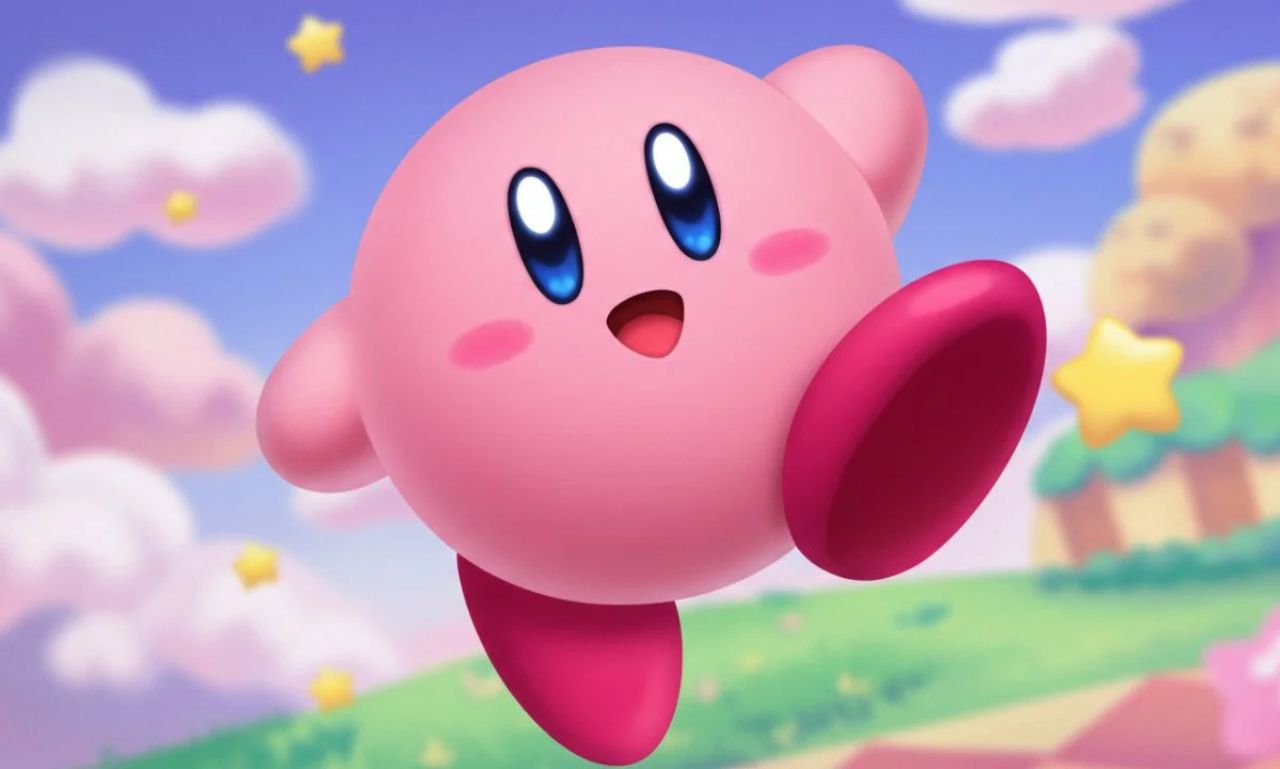Kirbi Dedo is more than just an art form; it’s a vibrant tapestry woven from the threads of tradition and modernity. Imagine the rich colors and textures that tell stories of generations, seamlessly blended with contemporary styles that resonate with today’s audience. This unique fusion captures the essence of cultural heritage while embracing innovation. As we explore Kirbi Dedo, you’ll discover how this captivating practice has evolved over time and continues to inspire artists across various disciplines. So, let’s dive into the world of Kirbi Dedo together!
What is Kirbi Dedo?
Kirbi Dedo is a fascinating art form that seamlessly blends traditional craft with contemporary aesthetics. Originating from specific cultural roots, it embodies the essence of heritage while embracing modern influences.
At its core, Kirbi Dedo involves intricate techniques passed down through generations. Artisans skillfully layer textures and colors, creating pieces that tell stories of their ancestry. Each creation serves as a dialogue between the past and present.
What sets Kirbi Dedo apart is its versatility. From textiles to visual arts, this unique style has found expression in various mediums. It resonates not just locally but also on international platforms, capturing attention for its distinctive charm.
Embracing both tradition and innovation makes Kirbi Dedo relevant today. It invites artists to explore new dimensions while honoring age-old practices. The result? A vibrant tapestry rich in culture yet alive with modern flair.
The History and Origins of Kirbi Dedo
The history of kirbi dedo is rich and deeply rooted in cultural heritage. It traces back to ancient times when artisans sought to express their identity through unique craftsmanship.
Initially, it was a form of storytelling, where each piece reflected the values and beliefs of its community. As generations passed, techniques evolved but retained their traditional essence.
Regional influences played a significant role in shaping kirbi dedo as well. Different cultures contributed various motifs and colors, enhancing its visual complexity.
In many ways, it symbolizes resilience—an art form that has withstood the test of time while adapting to contemporary trends. Each creation tells a story not just about the past but also about how people continue to innovate today.
As you explore kirbi dedo’s origins, you’ll discover an intricate tapestry woven from diverse experiences and historical narratives.
Traditional Techniques Used in Kirbi Dedo
Kirbi Dedo thrives on time-honored techniques that reflect its cultural roots. Artisans often start with natural materials, embracing locally sourced fibers and dyes. This connection to the land imbues each piece with a story.
Weaving plays a crucial role in creating Kirbi Dedo works. Traditional looms are used, allowing artisans to showcase intricate patterns passed down through generations. The rhythms of their hands mirror ancient practices that celebrate both artistry and craftsmanship.
Embroidery is another hallmark technique. Each stitch represents dedication and skill, adding depth to designs while honoring ancestral methods. These meticulous details breathe life into every creation.
Furthermore, color selection is steeped in symbolism, drawing from nature and local traditions. This thoughtful approach ensures that Kirbi Dedo not only looks beautiful but resonates emotionally within the community it represents. It’s a vibrant tapestry of history woven into contemporary expression.
Modern Influences on Kirbi Dedo
Modern influences have breathed new life into Kirbi Dedo. Artists and designers are now reinterpreting traditional motifs with contemporary flair. This fusion creates a dialogue between the past and the present.
Social media plays a pivotal role in this evolution. Platforms like Instagram showcase vibrant Kirbi pieces, attracting a global audience. Emerging artists use hashtags to connect tradition with modern design trends.
Sustainability also shapes its future. Many creators incorporate eco-friendly materials, making their work more appealing to today’s conscientious consumers. This approach not only honors cultural heritage but also promotes environmental responsibility.
Collaborations between traditional artisans and modern designers are on the rise as well. These partnerships yield innovative works that captivate both old and new audiences alike, ensuring that Kirbi Dedo remains relevant while celebrating its rich history.
Examples of Kirbi Dedo in Modern Art and Fashion
Modern art and fashion have embraced kirbi dedo in fascinating ways. Artists are reinterpreting traditional motifs, merging them with contemporary aesthetics.
One striking example is seen in mixed media installations where vibrant colors and intricate patterns pay homage to historical roots. These pieces often challenge viewers to reflect on cultural heritage while appreciating modern expression.
In the realm of fashion, young designers incorporate dedo into their collections through bold prints and innovative silhouettes. They blend age-old techniques with cutting-edge materials, creating garments that resonate on global runways.
Streetwear brands are also tapping into this trend. Graphic tees featuring traditional designs offer a fresh perspective for younger audiences eager to explore their heritage without sacrificing style.
These examples illustrate how kirbi dedo continues to evolve, bridging gaps between past traditions and today’s creative industries. The dialogue between old and new keeps the spirit alive.
Impact on the Cultural Landscape
The impact of Kirbi Dedo on the cultural landscape is profound and multifaceted. This art form serves as a bridge between generations, merging age-old traditions with contemporary expressions.
Through its intricate designs and techniques, Kirbi fosters a sense of identity within communities. It invites dialogue about heritage while encouraging innovation. Artists are reinterpreting traditional motifs in ways that resonate with modern audiences.
In fashion, designers draw inspiration from Dedo to create unique pieces that tell stories. These garments reflect not just personal style but also cultural narratives that connect wearers to their roots.
Furthermore, exhibitions showcasing Kirbi Dedo art pave the way for greater appreciation across diverse platforms. They highlight how tradition can thrive alongside modernity, enriching our understanding of culture today.
Future of Kirbi Dedo
The future of kirbi dedo is bright and full of potential. As artists continue to explore this unique blend of tradition and modernity, new interpretations will emerge.
Innovative technologies are enhancing the creative process. Digital tools allow for intricate designs that were once unimaginable. This fusion could lead to a resurgence in popularity among younger generations.
Collaborations between traditional artisans and contemporary designers are already on the rise. Such partnerships promise to breathe fresh life into age-old techniques while keeping cultural heritage alive.
Social media platforms play a crucial role too. They provide exposure, allowing dedo work to reach global audiences instantly. This connectivity can inspire cross-cultural dialogue and appreciation.
As more people embrace sustainability, there’s an opportunity for kirbi to evolve further by incorporating eco-friendly practices. The craftsmanship behind this art form aligns perfectly with the growing demand for authentic, meaningful creations in today’s market.
Conclusion
Kirbi Dedo represents a unique intersection of cultural heritage and contemporary expression. This art form encapsulates the essence of tradition while embracing modernity, creating a dynamic dialogue between past and present. The meticulous techniques passed down through generations maintain their relevance as they blend seamlessly with innovative ideas and trends.
As we move forward, Kirbi stands poised to inspire new generations of artists, designers, and enthusiasts. Its adaptability allows it to thrive in various contexts—from vibrant artworks adorning galleries to cutting-edge fashion pieces on runways. This ongoing evolution invites everyone to explore its rich tapestry further.
The future holds exciting possibilities for Dedo as it continues to evolve while honoring its roots. With an ever-growing appreciation for this fusion of history and innovation, we can anticipate that its influence will extend beyond artistic circles into broader cultural realms—shaping identities and sparking conversations along the way.

